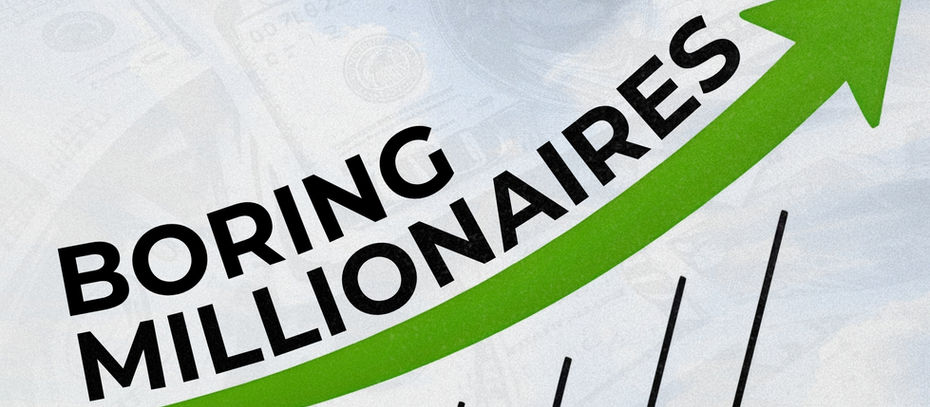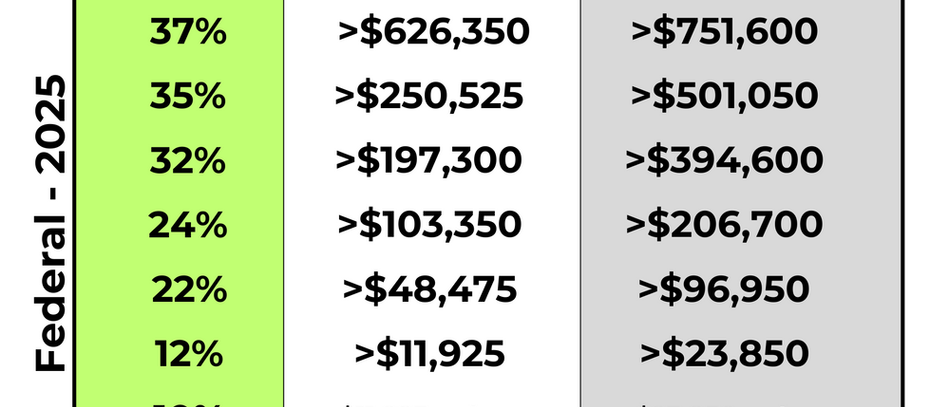top of page
Search


Got Leftover 529 Money? Here’s What You Can Do With It
Got leftover 529 college savings money? Don’t let it go to waste! If your child finished school or didn’t use the full account, there are smart ways to put those funds to work. From paying down student loans to rolling over into a Roth IRA, changing the beneficiary, or carefully withdrawing as a last resort, leftover 529 funds can still benefit your family. Learn practical strategies to maximize your 529 plan and make every dollar count.
The Real Money Pros
Aug 19


Which Self-Employed Retirement Savings Plan Should I Choose?
If you're self-employed or own a small business, choosing the right retirement plan is key to securing your financial future. Options like SEP IRA, Solo 401(k), SIMPLE IRA, and Traditional or Roth IRAs each have unique benefits, contribution limits, and tax advantages. Whether you want to maximize savings, hire employees, or prefer Roth options, understanding these plans helps you make informed decisions and build long-term wealth.
The Real Money Pros
Aug 13


The Boring (and Time-Tested) Way to Become a Millionaire
Most millionaires didn’t get there by chasing crypto or timing the market—they followed a consistent, boring plan. Learn how automation, dollar-cost averaging, and long-term investing can quietly build real wealth, no matter when you start.
The Real Money Pros
Jun 27


The Forgotten Risk That Could Derail Your Retirement: Sequence of Returns
Worried about retirement risks? There’s one hidden danger that could derail your nest egg—Sequence of Return Risk. Discover how the timing of market ups and downs affects your withdrawals, and learn how to protect your future using the proven Bucket Strategy. This guide breaks down real-world examples, including the 2008 crash, and offers practical solutions for securing a sustainable retirement—no matter what the market does.
The Real Money Pros
Jun 4


Taxation in Retirement: What You Need to Know (2025)
Explore key tax changes for retirees in 2025, including Social Security, RMDs, and state-level reforms to maximize your savings.
The Real Money Pros
Mar 27


Withdrawing Money In Retirement: Rethinking the 4% Rule
Rethink retirement withdrawals! Explore the 4% rule, tax strategies, and the bucket approach for lasting, stress-free savings.
The Real Money Pros
Jan 30


Planning for the Year Ahead - The Basics
And like that, 2024 is over… Here’s a breakdown of some key tips and updates to ensure you’re ready to tackle the new year with confidence.
The Real Money Pros
Dec 27, 2024


Business Owners Need to File Their Beneficial Ownership Information (BOI) Report NOW.
One critical requirement that many business owners may have overlooked in 2024 is filing the Beneficial Ownership Information (BOI) report.
The Real Money Pros
Nov 29, 2024
bottom of page

